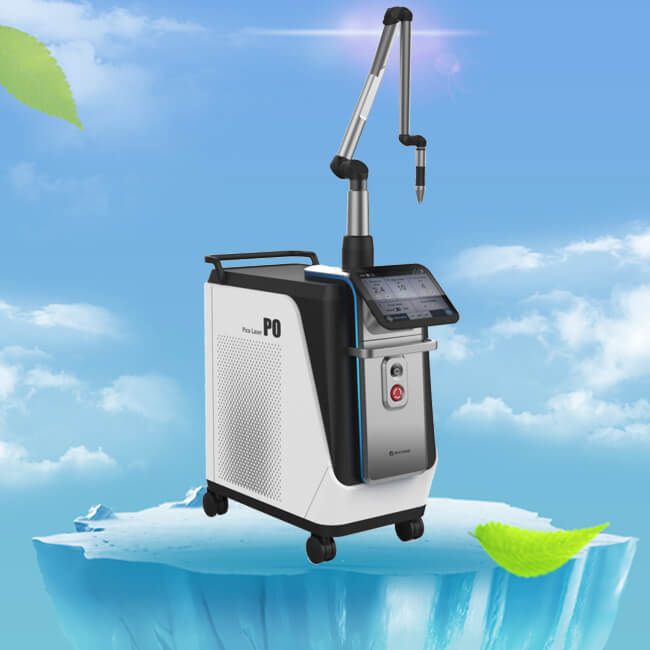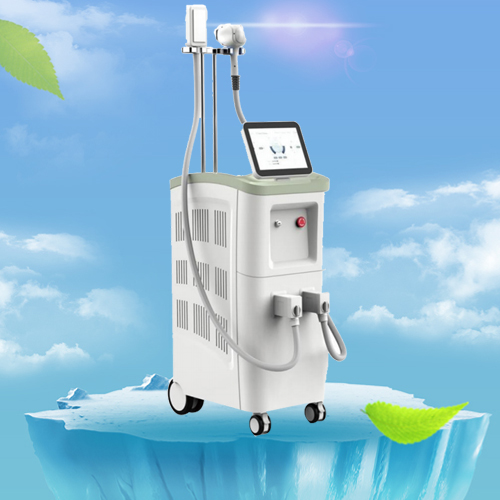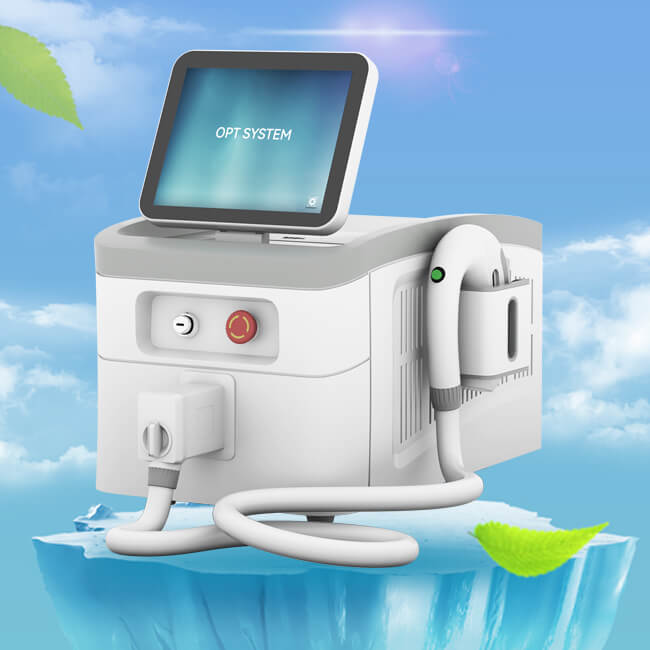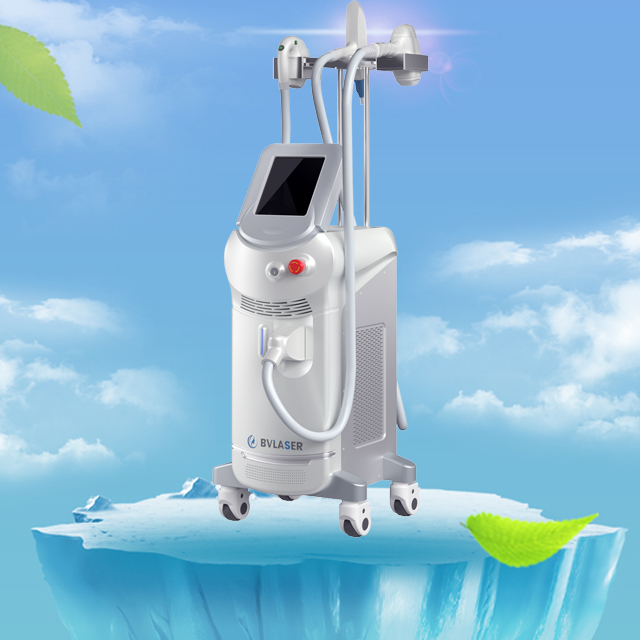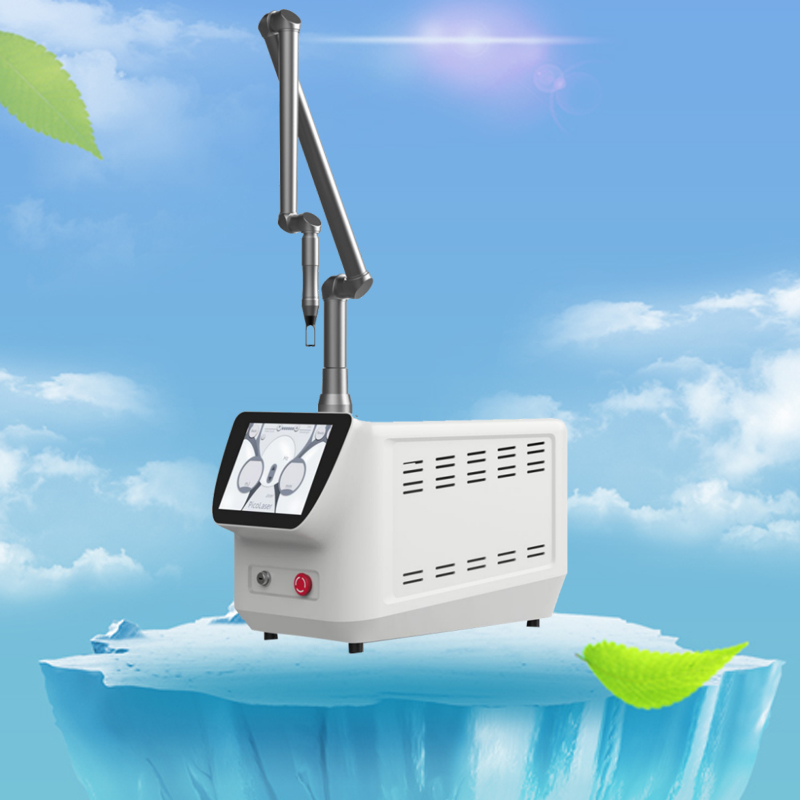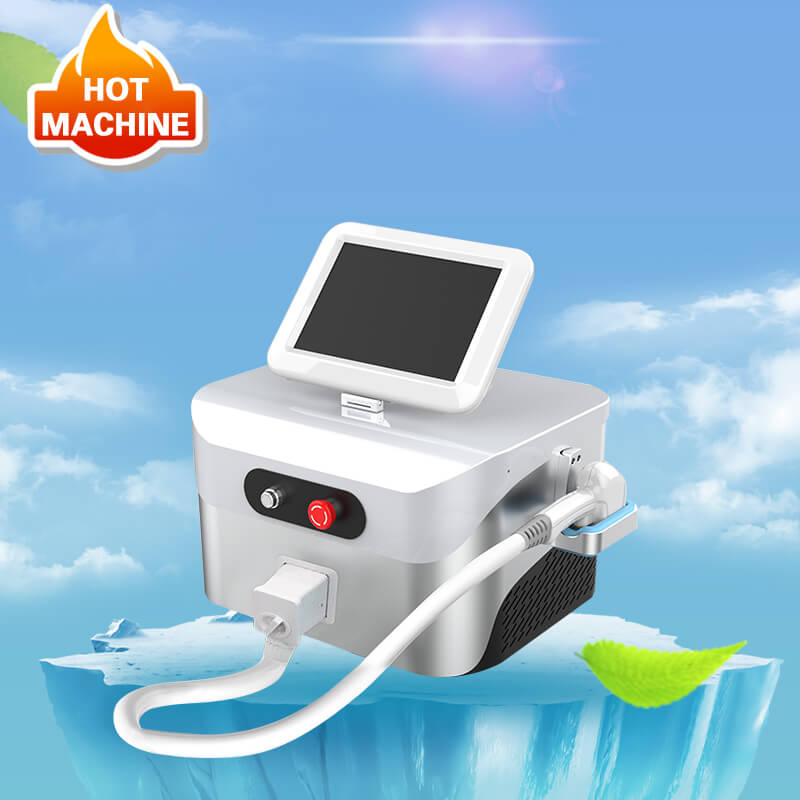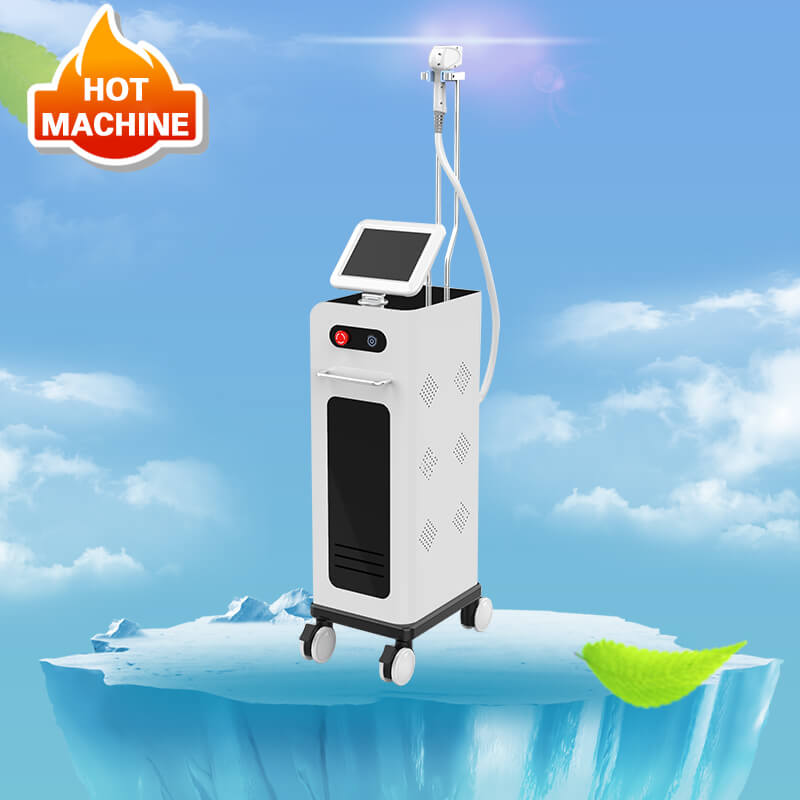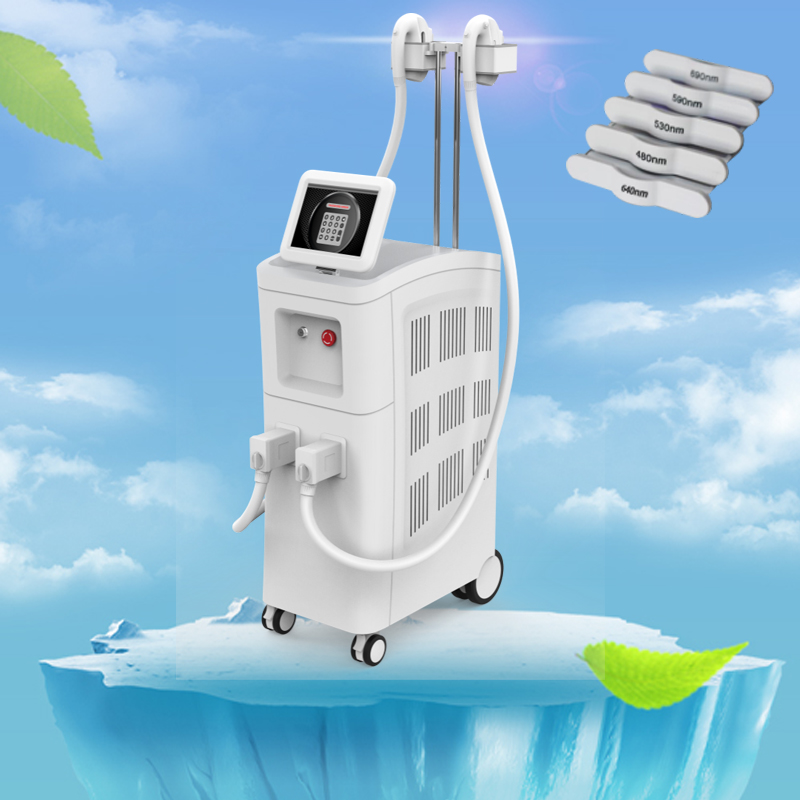Picosecond laser vs Q-switched laser tattoo removal
Author:baishilf Time:2023-10-31 14:16:47
Picosecond laser tattoo removal machine is more effective and faster than traditional Q-switched lasers, which use longer pulses of heat to fragment the ink. Picosecond lasers can also treat a wider range of tattoo colors and skin types, with less risk of scarring and skin damage. Bestview Laser is a professional picosecond laser manufacturer, we can provide OEM picosecond laser machine.

How long does it take to remove a tattoo with a picosecond laser?
The time it takes to remove a tattoo with a picosecond aesthetic laser depends on several factors, such as the size, location, color, and complexity of the tattoo, as well as the type and settings of the laser used. According to the Bestview Laser search results, a typical tattoo removal session with a picosecond laser can last from 15 to 30 minutes. However, most tattoos require multiple sessions to achieve complete removal, which can be spaced six to 16 weeks apart. The number of sessions needed will vary depending on the individual response and the desired outcome. Some tattoos may fade significantly after a few sessions, while others may take longer to show noticeable results. Therefore, it is difficult to estimate the exact duration of the entire tattoo removal process with a picosecond laser. A consultation with a qualified and experienced laser practitioner can help you determine the best treatment plan for your specific case.

Picosecond laser vs Q-switched laser tattoo removal
According to the Bestview Laser search results, some of the benefits of using a picosecond laser over other types of lasers for tattoo removal are:
Faster results: Picosecond lasers can remove tattoos in fewer sessions than Q-switched lasers, which use longer pulses of heat to fragment the ink. Picosecond lasers use ultra-short pulses of energy to shatter the ink particles into smaller fragments, which are more easily eliminated by the body’s natural processes.
Greater precision: Picosecond lasers can target a wider range of tattoo colors and skin types, with less risk of scarring and skin damage. Picosecond lasers deliver high peak power and ultra-short pulse durations for a photoacoustic effect that transforms skin from the inside out. Q-switched lasers, on the other hand, rely more on photothermal effects, which can cause more heat and inflammation to the surrounding tissues.
Improved skin quality: Picosecond lasers can also improve skin tone and texture, reduce wrinkles and acne scars, and treat benign pigmented lesions such as melasma, nevus of Ota, and lentigines. Picosecond lasers have special applicators or lenses that use micro-beams to stimulate collagen and elastin production, improving skin quality and appearance. Q-switched lasers do not have this feature and are mainly used for tattoo removal and pigmentation reduction.
These are some of the benefits of using a picosecond laser over other types of lasers for tattoo removal. However, the effectiveness of any laser treatment depends on several factors, such as the size, location, color, and complexity of the tattoo, as well as the type and settings of the laser used. Therefore, it is important to consult a qualified and experienced laser practitioner before undergoing any laser procedure.
What are the side effects of using a picosecond laser tattoo removal machine treatment?
According to the Bestview Laser search results, some of the possible side effects of using a picosecond laser tattoo removal machine are:
1. Pain
2. Redness
3. Swelling
4. Bleeding points
5. Crusting
6. Blistering
7. Scarring
8. Postinflammatory hyperpigmentation (darkening of the skin)
9. Postinflammatory hypopigmentation (lightening of the skin)
These side effects are more likely to occur if excessive amounts of laser energy are used. They are usually temporary and resolve within a few days or weeks. However, some side effects, such as scarring and pigment changes, may be permanent or require further treatment. Therefore, it is important to consult a qualified and experienced laser practitioner before undergoing any laser procedure.





